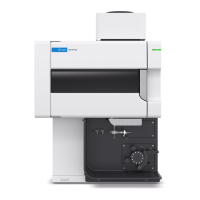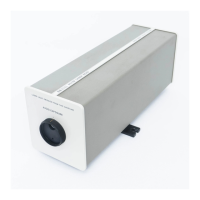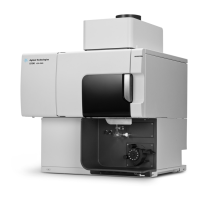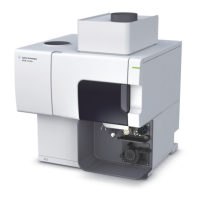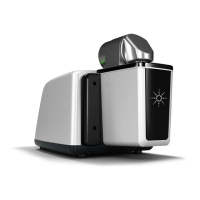118 5975 Series MSD Operation Manual for MassHunter
4 Operating in Chemical Ionization (CI) Mode
Isobutane CI
Isobutane (C
4
H
10
) is commonly used for chemical ionization when less
fragmentation is desired in the chemical ionization spectrum. This is because
the proton affinity of isobutane is higher than that of methane; hence less
energy is transferred in the ionization reaction.
Addition and proton transfer are the ionization mechanisms most often
associated with isobutane. The sample itself influences which mechanism
dominates.
Table 18 Reagent gases
Reagent gas/mode Reagent ion masses PFDTD
Calibrant ions
Flow adj ions: Ratio
EI/PCI/NCI MSD
Performance turbo
pump
Recommended flow:
20% PCI
40% NCI
Methane/PCI 17, 29, 41
*
* There are no PFDTD ions formed with any reagent gas but methane. Tune with methane and use
the same parameters for the other gas.
41, 267, 599 28/27: 1.5 – 5.0
Methane/NCI 17, 35, 235
†
† There are no negative reagent gas ions formed. To pretune in negative mode, use background
ions: 17 (OH-), 35 (Cl-), and 235 (ReO3-). These ions can not be used for reagent gas flow adjust-
ment. Set flow to 40% for NCI and adjust as necessary to get acceptable results for your appli-
cation.
185, 351, 449 N/A
Isobutane/PCI 39, 43, 57 N/A 57/43: 5.0 – 30.0
Isobutane/NCI 17, 35, 235 185, 351, 449 N/A
Ammonia/PCI 18, 35, 52 N/A 35/18: 0.1 – 1.0
Ammonia/NCI 17, 35, 235 185, 351, 517 N/A
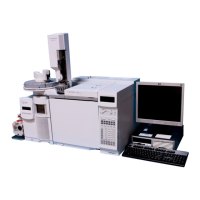
